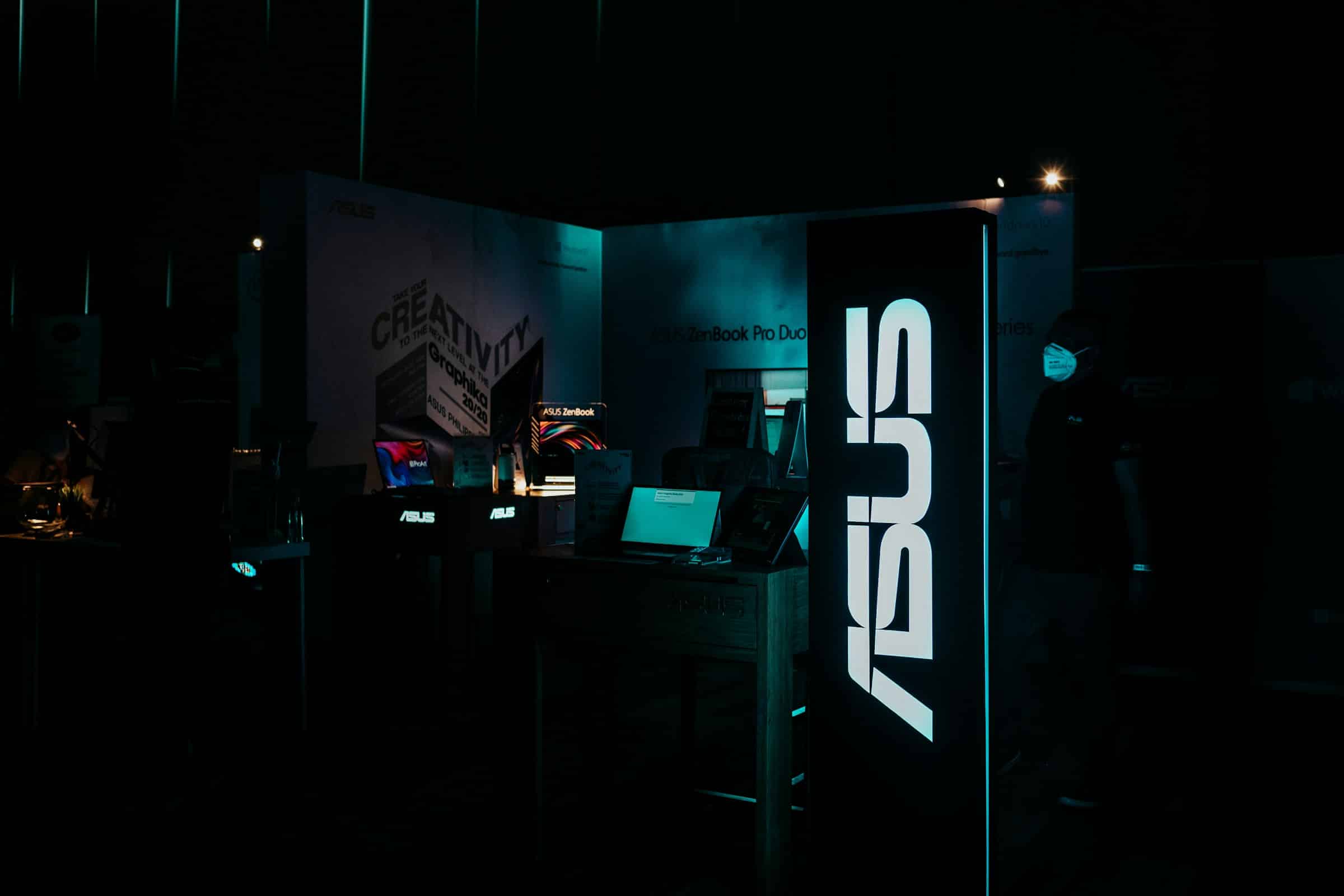
In the realm of professional video editing, the ASUS ROG Zephyrus G15 stands out as an exceptional gaming laptop that can also serve as a powerhouse for creative tasks. With its high-performance CPU and GPU, robust design, and top-notch display, the ROG Zephyrus G15 is a versatile tool for both gamers and video editors. Here, we will delve into the best methods for optimizing your ROG Zephyrus G15 to ensure it performs at its peak, providing you with a seamless video editing experience.
Before diving into optimization techniques, it's crucial to understand the hardware specifications of the ASUS ROG Zephyrus G15. Equipped with AMD Ryzen CPUs, NVIDIA GeForce RTX graphics cards, and fast SSDs, this laptop is built for high performance. The hardware foundation sets the stage for effective optimization.
Avez-vous vu cela : What are the best practices for installing and configuring a Corsair Hydro Series H100i RGB Platinum in a gaming PC?
The Zephyrus G15’s Ryzen CPU offers multiple cores and threads, which is essential for handling intensive video editing tasks. Meanwhile, the NVIDIA GeForce RTX GPU brings advanced graphics capabilities, making it ideal for rendering high-resolution videos and effects.
To fully harness this power, ensure your laptop’s hardware drivers are up-to-date. Regular updates from NVIDIA and AMD can provide performance boosts and fix bugs that might hamper your workflow. Visit the official websites for the latest drivers or use software like Armoury Crate to manage updates seamlessly.
Avez-vous vu cela : How to set up a secure and efficient home network using a TP-Link Deco X60 mesh system?
For video editors, display accuracy is paramount. The ROG Zephyrus G15 features a high-resolution display with excellent color reproduction, but optimizing it further can enhance your editing precision.
First, use a professional calibration tool to fine-tune the colors of your display. Tools like the X-Rite i1Display or Datacolor SpyderX can help you achieve accurate color profiles. Proper calibration ensures that the colors you see on your screen match the final output, which is critical for professional video editing.
Additionally, explore the display settings in Windows. Adjust the brightness, contrast, and gamma settings to your preference. Using the NVIDIA Control Panel or AMD Radeon Software, you can fine-tune these settings to ensure optimal performance during video editing sessions.
The ROG Zephyrus G15 comes with multiple performance modes that you can switch between depending on your workload. Access these modes through Armoury Crate, ASUS's proprietary software that allows you to manage and optimize system performance.
For video editing, set your laptop to Turbo Mode. This mode maximizes CPU and GPU performance, ensuring that your laptop can handle demanding tasks without lag. Turbo Mode increases the power limit and fan speeds, providing the necessary cooling to maintain high performance over extended periods.
If you’re working on less intensive tasks or seeking better battery life, switch to Silent Mode. This mode reduces power consumption and fan noise, making it ideal for lighter workloads. However, for professional video editing, Turbo Mode will be your go-to.
SSDs (Solid State Drives) are crucial for fast data access and smooth workflow in video editing. The ROG Zephyrus G15 comes with high-speed SSD storage, but optimizing how you use it can significantly impact performance.
Store your video editing software and project files on the SSD to take advantage of its quick read and write speeds. This minimizes the time it takes to load software and saves large files, enhancing your overall efficiency.
Additionally, keep your SSD clutter-free. Regularly delete unnecessary files and use disk cleanup tools to maintain optimal performance. Consider using external SSDs for archiving completed projects to free up space on your primary drive.
Software optimization is as essential as hardware optimization. For video editing, using software like Adobe Premiere Pro, DaVinci Resolve, or Final Cut Pro requires fine-tuning to get the best performance.
First, allocate more system resources to your video editing software. In applications like Premiere Pro, you can adjust the memory allocation to ensure the software utilizes most of your laptop’s available RAM.
Next, enable GPU acceleration. Both NVIDIA and AMD offer technologies that offload certain processing tasks from the CPU to the GPU, significantly speeding up render times and playback performance. In Premiere Pro, for example, you can enable CUDA (for NVIDIA GPUs) or OpenCL (for AMD GPUs) in the project settings.
Lastly, keep your editing software up-to-date. Software developers frequently release updates that include performance optimizations, bug fixes, and support for new hardware. Staying current with these updates ensures you’re getting the most out of your software and hardware.
A well-organized workflow can dramatically improve your editing efficiency. Start by setting up a dedicated workspace in your editing software. Customize the layout to suit your editing style, placing the tools and panels you use most frequently within easy reach.
Consider using a dual display setup. The Zephyrus G15 supports external monitors, allowing you to expand your workspace and improve multitasking. Having a second screen can be immensely beneficial, giving you more room for timelines, effects panels, or preview windows.
Moreover, invest in a quality mouse and keyboard. Precision is vital in video editing, and a good mouse with programmable buttons can expedite tasks like cutting, trimming, and navigating the timeline. A mechanical keyboard can also enhance your typing experience, making shortcuts and hotkeys more accessible.
Optimizing your ASUS ROG Zephyrus G15 for professional video editing involves a combination of hardware, software, and workflow enhancements. By understanding and utilizing the full potential of your CPU, GPU, SSD, and display, you can achieve a seamless and efficient editing experience.
Regularly updating drivers, calibrating your display, and using high-performance modes are fundamental steps. Leveraging SSD storage and ensuring efficient software performance further streamline the process. Finally, organizing your workflow and workspace can significantly enhance your productivity.
With these methods, your ROG Zephyrus G15 will not only excel as a gaming laptop but also as a robust tool for professional video editing, providing you with the best possible performance and an outstanding editing experience.